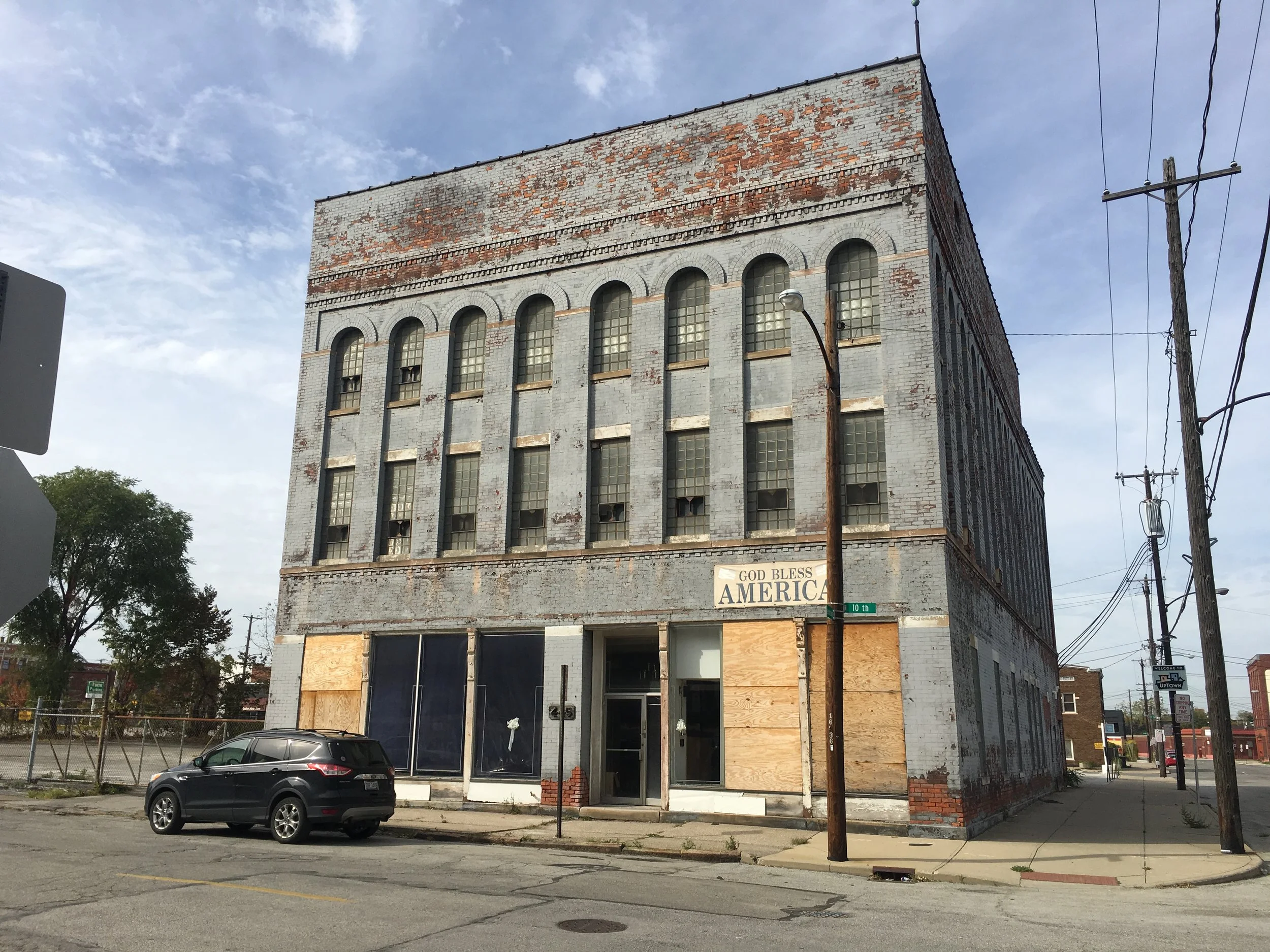Phone: Landmark Status Awarded To Historic Downtown Toledo Building, Crane Development
The following article was published in the Toledo Blade on June 16, 2018.
BY EVE SNEIDER | BLADE STAFF WRITER
A developer is working to bring a vacant former automobile parts facility in the central city back to life, first by obtaining historic landmark status for the 10th Street building.
On Thursday, the Toledo-Lucas County Plan Commission approved the building at 443-447 10th Street for local landmark status. Though the City Council has to approve the designation in mid-July before the property’s status is official, Matt Rubin, CEO and president of Crane Development, said, “the hurdle to make it past is the Plan Commission.”
The building, which was built between 1895 and 1906, was primarily a site for manufacturing automobile parts until the 1940s. It has been vacant since the early 2000s, when current owner James Andrus moved his survey company.
Now, Mr. Rubin, who will close on the building in July, hopes to bring it back to life. This will be the third property developed by Crane Development, a company “focused on accelerating urban revitalization in downtown Toledo,” according to its website.
He thinks the best use for the space will be for attorney offices, given that the building is right across the street from the Lucas County Law Library and two blocks from the Lucas County Courthouse. It is also one of very few buildings near downtown with its own parking lot, he said.
Mr. Rubin estimates that construction at 443-447 10th Street will take about a year. He said the goal is to have the building ready for occupancy by 2020.
Mr. Rubin explained that having historic landmark designation has a significant impact on what taxes he is required to pay.
“In order to make this kind of project financially feasible, the state offers a 25 percent tax credit, but in order to be eligible you have to be locally or nationally registered,” he said.
If a structure is already in a historic district, it is automatically eligible for those tax credits. Because 443-447 10th Street is not, Mr. Rubin has to obtain local landmark designation to get state historic tax credits.
He is working to place the building on the National Register of Historic Places to obtain the 20 percent federal tax credits as well.
“I’m doing both concurrently because the process to get into the National Register will take until 2019,” he said.
Working with him is Erin Claussen, founder of Toledo Revival. She is the historic preservation consultant for the project.
“This is the first time I have been involved with the local landmark process,” she said. “We’ve had a lot of help and support from the city, which has been great.”
Her job includes researching the building and ensuring that the requirements of the historic preservation and tax credit programs are met, Mr. Rubin said.
Mr. Rubin has lived in downtown Toledo for the last six years.
“I started seeing a lot of development with Hensville and Middlegrounds Metropark and started thinking about other opportunities downtown,” he said.
In 2015, he founded Crane Development with a few partners and acquired a vacant building at 614 Adams Street. In 2017, Fowl and Fodder restaurant’s downtown location opened on the site.
“With the momentum and the leadership we’re seeing from people like [ProMedica President and CEO] Randy Oostra and [CEO and president of the Mud Hens, Walleye, and Hensville] Joe Napoli, it’s the perfect time for small developers,” Mr. Rubin said. “Downtown is a really exciting place to be.”

